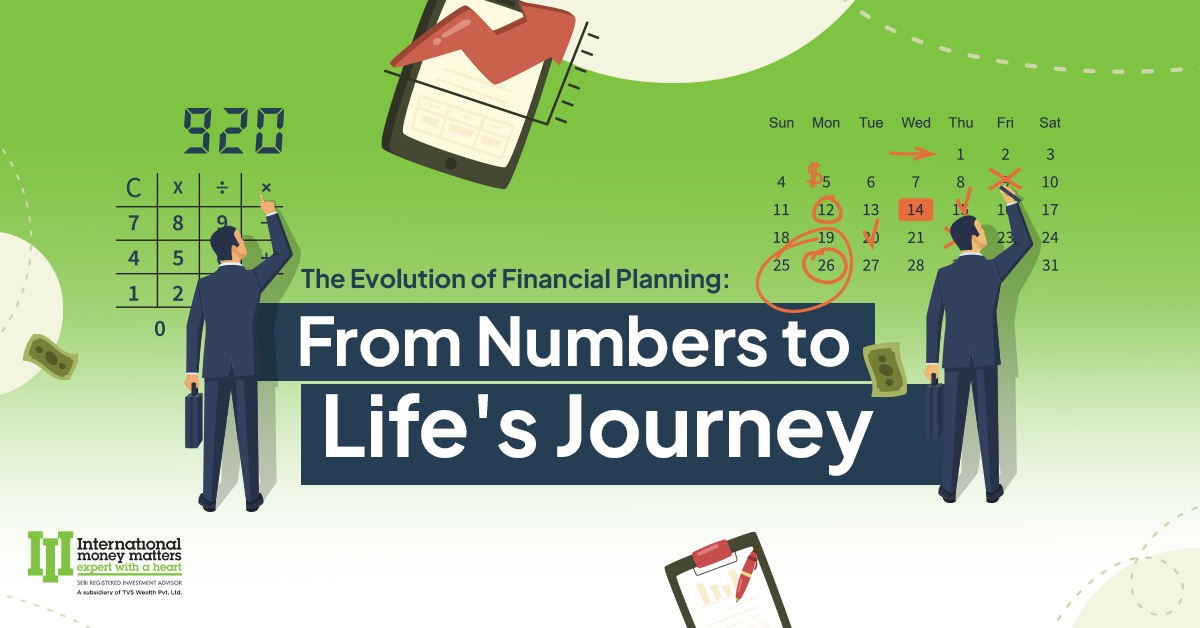SHARE
The only constant you can be sure of when it comes to understanding the market is that it is full of uncertainty. All predictions are made on this uncertainty, using anecdotes from the market’s behaviour in the past and speculating on its present conditions. However, these are still only probable outcomes and should not be treated as absolute certainties. Furthermore, there are several factors that could affect the behaviour of the market, which cannot be foreseen. The current crash, that began with the plummeting of crude oil prices, and was propagated by the lockdown and other measures to curb the spread of the novel coronavirus, COVID-19, is a perfect example of how uncertainty is central to the functioning of the market. So if market uncertainty is always going to be around, what can you do as an investor to deal with it?
Accept the uncertainty
The first thing you need to do as an investor is acknowledge the fact that the market is uncertain. Once you do this, you will understand the importance of making informed decisions when you choose to invest your money. Furthermore, you will also realise that no matter how well informed your decisions are, there is a probability that you will be faced with adverse outcomes, and these may not arise from errors in your analysis, but may be in the form of contingencies that you had no control over.
Keep your risks as low as possible
Granted, everyone’s portfolio is different and their risk profiles will vary according to their personality as an investor and the types of assets they hold. But, mitigating risks becomes extremely important since there may be contingencies that you cannot foresee. Adding fixed income instruments to your portfolio is a good way to reduce your associated risks. Here, another thing to remember is that lowering risks does not effectively mean low returns. Diversification is an efficient way to handle risk when it comes to managing your investments. While diversification itself is not a low-risk or risk-free plan, it helps mitigate risk by not having all your eggs in one basket. In that sense, having assets that are spread across different sectors and uncorrelated with the stock market can reduce your vulnerability to incur losses.
Work with stop losses and prefer partial profits
Trading with a stop loss is a good way to ensure that you don’t leave yourself vulnerable to market volatility. While your stock may bounce back, there is also a probability that it won’t. A stop loss can help you keep your original investment intact for another time. Apart from setting up a stop loss, sometimes you can also think about making partial profits, particularly in cases where a trade runs in your favour and you end up with an unrealised profit. Here you can think about cashing in some of your gains, and setting up a stop at your original investment. This may not be an ideal outcome for investors who want to see their entire stake grow, but it will allow you to take advantage of the profits you currently see, and also protect you from major losses in case prices dip considerably in the future.
Consult a professional
The volatility of the market can be extremely daunting, if you don’t know the right factors to consider before making a decision. Furthermore, because of high levels of interconnectedness, small events could lead to extremely large changes and greatly affect the current market trend. It is for this reason that working with a certified and experienced professional becomes significant particularly for new investors and part-time investors, who may not know what to consider or have enough time to consider all factors before making a decision. Consulting a financial advisor who understands your needs well and can balance this with their ability to interpret the complexity of the market efficiently is the best way to work towards achieving your goals.
In conclusion, the market has always been, and will continue to be filled with uncertainty. But that is no reason to shy away from it! By keeping the above points in mind, you can try your hand at succeeding as well as prepare yourself for the worst, and deal with the uncertainty along the way.
Start your personal wealth journey with us today!

Plan to Maximize Your Retirement Years
October 4, 20180 Comments
Leave a Reply
- 2019
- 2020
- Awards
- Banking
- Budget
- Cashflow Management
- CORPORATE
- Corporate Wellness
- Couple
- Cross Border Financial Planning
- Dreams
- FAQ
- FINANCE
- Financial Goal
- Financial Planning
- FINANCIAL TRANSITIONS
- FINANCIAL WELLNESS
- Goals
- Holidaying
- Housing
- Insurance
- Investment
- Market
- Money
- Mutual Funds
- NRI
- Portfolio
- Real Estate
- Retirement
- Risk Management
- Rupee
- Succession Plan
- Tax Planning
- Tax Return
- Technology
- Wealth Management
- Women
Categories
The only constant you can be sure of when it comes to understanding the market is that it is full of uncertainty. All predictions are made on this uncertainty, using anecdotes from the market’s behaviour in the past and speculating on its present conditions. However, these are still only probable outcomes and should not be treated as absolute certainties. Furthermore, there are several factors that could affect the behaviour of the market, which cannot be foreseen. The current crash, that began with the plummeting of crude oil prices, and was propagated by the lockdown and other measures to curb the spread of the novel coronavirus, COVID-19, is a perfect example of how uncertainty is central to the functioning of the market. So if market uncertainty is always going to be around, what can you do as an investor to deal with it?
Accept the uncertainty
The first thing you need to do as an investor is acknowledge the fact that the market is uncertain. Once you do this, you will understand the importance of making informed decisions when you choose to invest your money. Furthermore, you will also realise that no matter how well informed your decisions are, there is a probability that you will be faced with adverse outcomes, and these may not arise from errors in your analysis, but may be in the form of contingencies that you had no control over.
Keep your risks as low as possible
Granted, everyone’s portfolio is different and their risk profiles will vary according to their personality as an investor and the types of assets they hold. But, mitigating risks becomes extremely important since there may be contingencies that you cannot foresee. Adding fixed income instruments to your portfolio is a good way to reduce your associated risks. Here, another thing to remember is that lowering risks does not effectively mean low returns. Diversification is an efficient way to handle risk when it comes to managing your investments. While diversification itself is not a low-risk or risk-free plan, it helps mitigate risk by not having all your eggs in one basket. In that sense, having assets that are spread across different sectors and uncorrelated with the stock market can reduce your vulnerability to incur losses.
Work with stop losses and prefer partial profits
Trading with a stop loss is a good way to ensure that you don’t leave yourself vulnerable to market volatility. While your stock may bounce back, there is also a probability that it won’t. A stop loss can help you keep your original investment intact for another time. Apart from setting up a stop loss, sometimes you can also think about making partial profits, particularly in cases where a trade runs in your favour and you end up with an unrealised profit. Here you can think about cashing in some of your gains, and setting up a stop at your original investment. This may not be an ideal outcome for investors who want to see their entire stake grow, but it will allow you to take advantage of the profits you currently see, and also protect you from major losses in case prices dip considerably in the future.
Consult a professional
The volatility of the market can be extremely daunting, if you don’t know the right factors to consider before making a decision. Furthermore, because of high levels of interconnectedness, small events could lead to extremely large changes and greatly affect the current market trend. It is for this reason that working with a certified and experienced professional becomes significant particularly for new investors and part-time investors, who may not know what to consider or have enough time to consider all factors before making a decision. Consulting a financial advisor who understands your needs well and can balance this with their ability to interpret the complexity of the market efficiently is the best way to work towards achieving your goals.
In conclusion, the market has always been, and will continue to be filled with uncertainty. But that is no reason to shy away from it! By keeping the above points in mind, you can try your hand at succeeding as well as prepare yourself for the worst, and deal with the uncertainty along the way.
Start your personal wealth journey with us today!
0 Comments












0 Comments